This picture shows what the Iridium satellite might have looked like just before the Kosmos satellite crashed into it. This is artwork, not a real photo.
Click on image for full size
Original artwork by Windows to the Universe staff (Randy Russell) using images courtesy of Iridium Satellite LLC and NASA.
Satellites Collide in Earth Orbit!
News story originally written on February 13, 2009
In February 2009 two satellites in Earth orbit crashed into each other. The satellites were smashed into thousands of little pieces. That was the first time ever for a major collision between two satellites in Earth orbit.
The satellites were about 776 km (482 miles) above the ground when they hit each other. Scientists think they hit each other at a speed of about 11.6 km per second (26,000 mph)! The crash scattered a huge cloud of "space junk". The space junk is moving at very high speeds. That makes it very dangerous to other spacecraft and astronauts. Some satellite operators are worried about the safety of their vehicles. There is some chance the pieces might hit the Hubble Space Telescope. NASA thinks the International Space Station is pretty safe because it orbits at a lower altitude.
The two spacecraft that collided were both communications satellites. One was owned by a company called Iridium. The other was a Russian Kosmos military satellite. The Kosmos was launched in 1993, but had been out of use and pretty much "dead" since 1995. The Iridium satellite was launched in 1997 and was still working up until the time of the crash.
You might also be interested in:
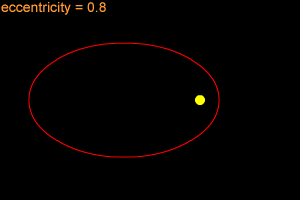
Do you think Earth moves around the Sun in a circle? That is almost true, but not quite. The shape of Earth's orbit isn't quite a perfect circle. It is more like a "stretched out" circle or an
...more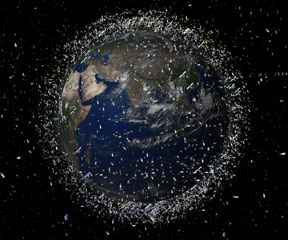
On Earth, humans make trash. This trash can pollute our environment. Humans are doing the same thing in space. Right now there are millions of man-made objects floating in space called "space junk". Space
...more
The Hubble Space Telescope (HST) is really neat! It was first launched in 1990, but scientists started building it in the 1970's! We have found all kinds of objects like stars, nebulae and galaxies. The
...more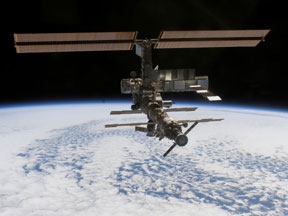
There is a large space station circling Earth right now. It is called the International Space Station (ISS for short). Astronauts live and work in the ISS. Sixteen countries, including the United States,
...more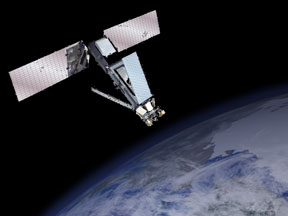
In February 2009 two satellites in Earth orbit crashed into each other. The satellites were smashed into thousands of little pieces. That was the first time ever for a major collision between two satellites
...more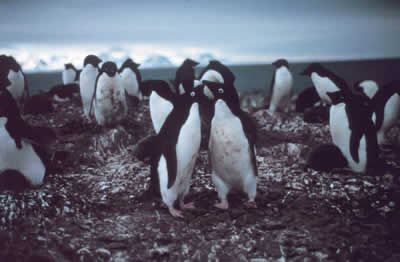
Scientists have been studying special places of the chilly ocean near Antarctica. They found that these places are favorite spots for thousands of penguins! Much of the ocean near Antarctica is covered
...more
Scientists have learned that Mount Hood, Oregon's tallest mountain, has erupted in the past due to the mixing of two different types of magma. Adam Kent, a geologist at Oregon State University, says this
...more














